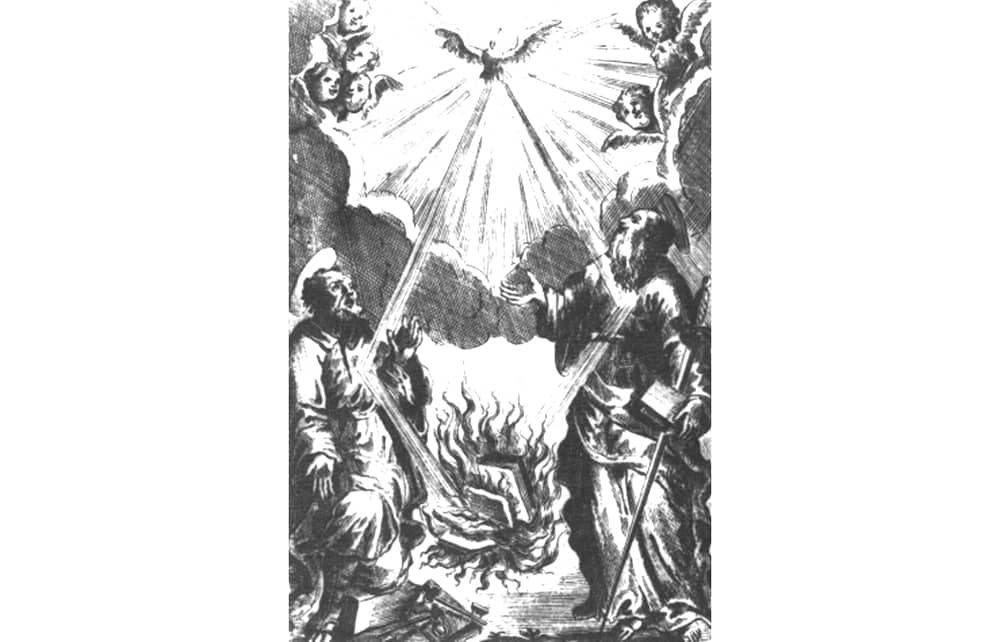In a classic paradox of bureaucracy, the Index of Forbidden Books only really hit its stride when its original task became impossible. By the 17th century, Robin Vose relates in his new history of the Index Librorum Prohibitorum – established 1559, venerated and cursed for four centuries as ‘the Index’ – it was broadly accepted that censoring literature, senso stricto, was no longer possible. The ubiquity of printers, the ease of transportation and concealment and the sheer number of new books all made most texts available, most of the time, to those with time and cash to spare. The Index of Forbidden Books couldn’t, practically speaking, forbid.
In other words, as Vose explains, the Index’s image of proto-totalitarian control was more or less illusionary. The reality, as censors scrambled to give practical form to high-minded ecclesial edicts, was improvisational, inconsistent and unclear. Obscene texts appeared nowhere on the Index for the first century; by the 19th century they predominated. Vernacular bibles incurred little initial concern. Later, even extracts from scripture warranted ecclesiastical obloquy. Vose’s book, more than an account of a document, is the history of an idea.
Obscene texts appeared nowhere on the Index initially. By the 19th century they predominated
Or multiple ideas. Cardinal Bellarmine, inquisitor, scholar and eventual saint, saw the Index as part of the dialectic of the Counter-Reformation: a double-edged blade, correcting Catholic abuses alongside Protestant errors. But after three decades of loyal service as a censor, the cardinal found himself on the Index, placed there by Pope Sixtus V. Bellarmine was condemned for disputing universal papal sovereignty, a late-medieval theory controversial among theologians but (predictably) beloved by popes. Sixtus, energetic and unscrupulous, had realised the Index could shape Catholic doctrine as well as enforce it. Local franchises made their own adjustments to the roll-call of the damned, some in defiance of Roman norms, articulating their own vision of truth – and untruth.
Iberian inquisitors, watching over forcibly converted and dubiously devout communities of Arabs and Jews, retooled the Index as a vade mecum for cultural génocidaires. The Talmud was banned, or allowed only in edited form; Arabic language books were outlawed outright. When Spain and Portugal sent out armies to colonise the New World, the Index went with them. Incipient dialogue with Amerindian religions was strangled in the crib.
Purity suffocated practice. With inquisitors forbidding native translations of scripture, barely catechised indigenous believers were prone to make basic theological errors – and so, in a grim, circumambulatory logic, justifying the original censure. The process of intellectual calcification set in train by the Index vindicated just such paranoias, Vose notes: censors who went looking for mistruth invariably found it. With each iteration of the Index, interdicts proliferated, and increase begat increase: a perpetual prohibition machine.
Vose is a cautious, careful narrator, taking pains to point out that the Index was created by intellectuals – inspired by academics and managed by popes who were ‘the very image of an Enlightenment intellectual’. In a world where science, religion, politics – and the occult – sat far closer than today, the Index played a role, Vose suggests, roughly analogous to that of the modern peer review. The church that made the Index was surprisingly open to debate, discussion and even – in particular circumstances – dissent. The same couldn’t be said of the church the Index made.
As the French Revolution set off a chain reaction of revolts and reforms, the ancien régime crumbled across Europe, and the temporal might of the church with it. Inquisitors found their power circumscribed and the Index lost its teeth. Confined physically to the Vatican, its authority restricted to the minds of the faithful, a humiliated papacy retreated into a mist of denunciation. As the boundaries of the Catholic world shifted and switched again, the Index received a new posting – on the front lines of the war against the modern world.
In the 20th century, the Index bloated in length – André Gide and Graham Greene joining the lists – and in influence. The sheer weight of precedent, and the Index’s quasi-dogmatic sheen, preemptively narrowed Catholic theological disputes. To condemn had passed from being a choice to being the choice – the only choice that mattered. The Index, created to protect the Catholic church, had ended by conquering it. By the time of the Second Vatican Council, with most of the church’s leading theologians under proscriptions of various kinds, the Index underwent an ironic apotheosis. In 1966, by the solemn command of the Vicar of Christ, the supreme censor was itself censured. Not with a bang, you could say, but with a footnote.
Vose’s clear, concise book is a valuable account of a force that invisibly shaped the modern world. It’s also a mature look at the messy realities of censorship and control –tendencies that can’t always be avoided, but should perhaps be subject to suspicion, examination and discontent. The Index can no longer forbid, but it can still warn.






Comments